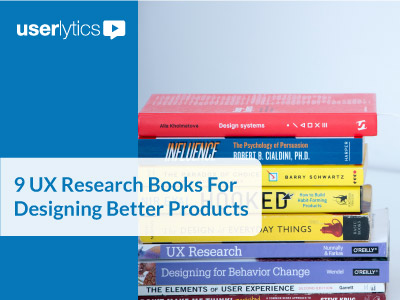Best Practices for User Testing in Asia
Userlytics prides itself in being a truly global platform. With over one million panel testers in over 150 countries, we are happy to say that we are able to find and test your target customers, wherever they may be.
With the inception of our new headquarters in Taiwan, we’ve strengthened our presence in the Asia-Pacific region, which is expected to experience very rapid growth rates in remote user experience optimization over the next three to five years. Our most active test panelists in Asia-Pacific are located in Australia, Hong Kong and Singapore, with sizable panel members in Malaysia, the Philippines, India, New Zealand and Japan.
If your brand’s target audience includes customers in the Asia-Pacific region, you should be mindful to follow these five key usability testing practices to ensure the best, most accurate test results:
1. Be mindful of different languages and dialects across Asia

There are various dialectical groups and languages spoken across Asia. Depending on the regions you will be testing participants in, it is important to be mindful of your participants’ varying communication methods and preferences. English may be a strong second language, or not, depending on the country (e.g.: India).
2. To webcam or not to webcam, that is the question

Many times, when testing panel members located in Asia, you will find that participants are keen to take usability tests if they do not require the use of a webcam. Because of different privacy expectations, the requirement of a webcam can sometimes seem invasive, depending on the cultural context (e.g.: Japan). Be sure to reach out to your Account Manager for tips and tricks on how to design the most effective usability test, and whether a webcam is recommended or not for your specific target country/audience.
3. Favor write-in responses over spoken responses in Asia

Many panel participants in certain countries across the Asia-Pacific region will be more inclined to give thorough feedback via written responses over verbal responses. Soft-spoken respondents can be the cause of missing insights in some parts of Asia, and much more probing might be needed with these respondents than a chatty respondent living in another part of the world.
If your test asset allows you to do so, make an effort to include written response style questions in addition to verbal response style questions. You can also include survey style questions, and other forms quantitative questions to gather key UX insights.
4. If your test does require verbal responses, reinforce the need to speak aloud throughout the test

Sometimes, audio is needed to gather the invaluable information you need from your target audience. If your test is recording your participants’ audio, be sure to remind them throughout the test to speak their thoughts clearly aloud as they go through each test activity. Panel participants in certain Asian countries may not be accustomed to speaking aloud during online tests, or may do so softly, so reminding them to speak loud and clear will ensure you are able to record valuable test data.
5. Provide as many clear, closed-ended questions as possible

Clear, closed-ended questions tend to be more favored by panelists in some countries in the Asia-Pacific region. Where possible, include yes or no questions as opposed to vague, open-ended questions. Be specific about what you want your participants to comment on. Include fewer “tell us what you think about this app” type questions, and more specific questions about individual pages, features, buttons, etc.
Interested in UX Testing?
Data Visualizations
About the Author: Elise Rodriguez

Elise is the Editor of Content and Communications at Userlytics. Prior to joining Userlytics’ content team, Elise worked in the public relations field, and helped develop communications materials for companies in a variety of industries, including health and beauty, travel / transportation, and sports / entertainment. Elise has her BS in public relations, and her Master’s degree in business management. When Elise isn’t writing about new product features at Userlytics, she enjoys singing and making music, yoga, and spending time at home with her two cats.
Read More Articles by EliseBest Practices for User Testing in Asia, Best Practices for User Testing in Asia




